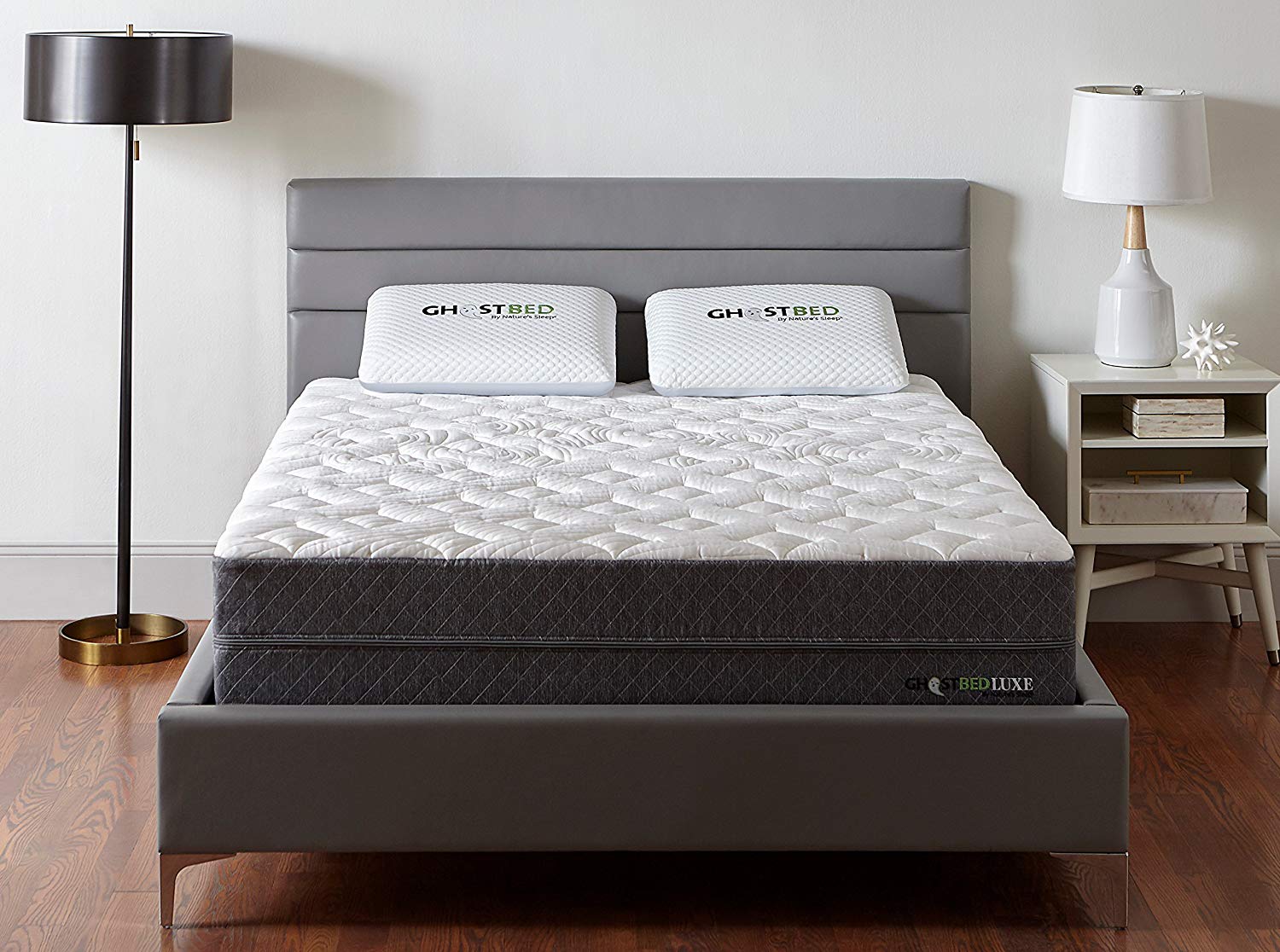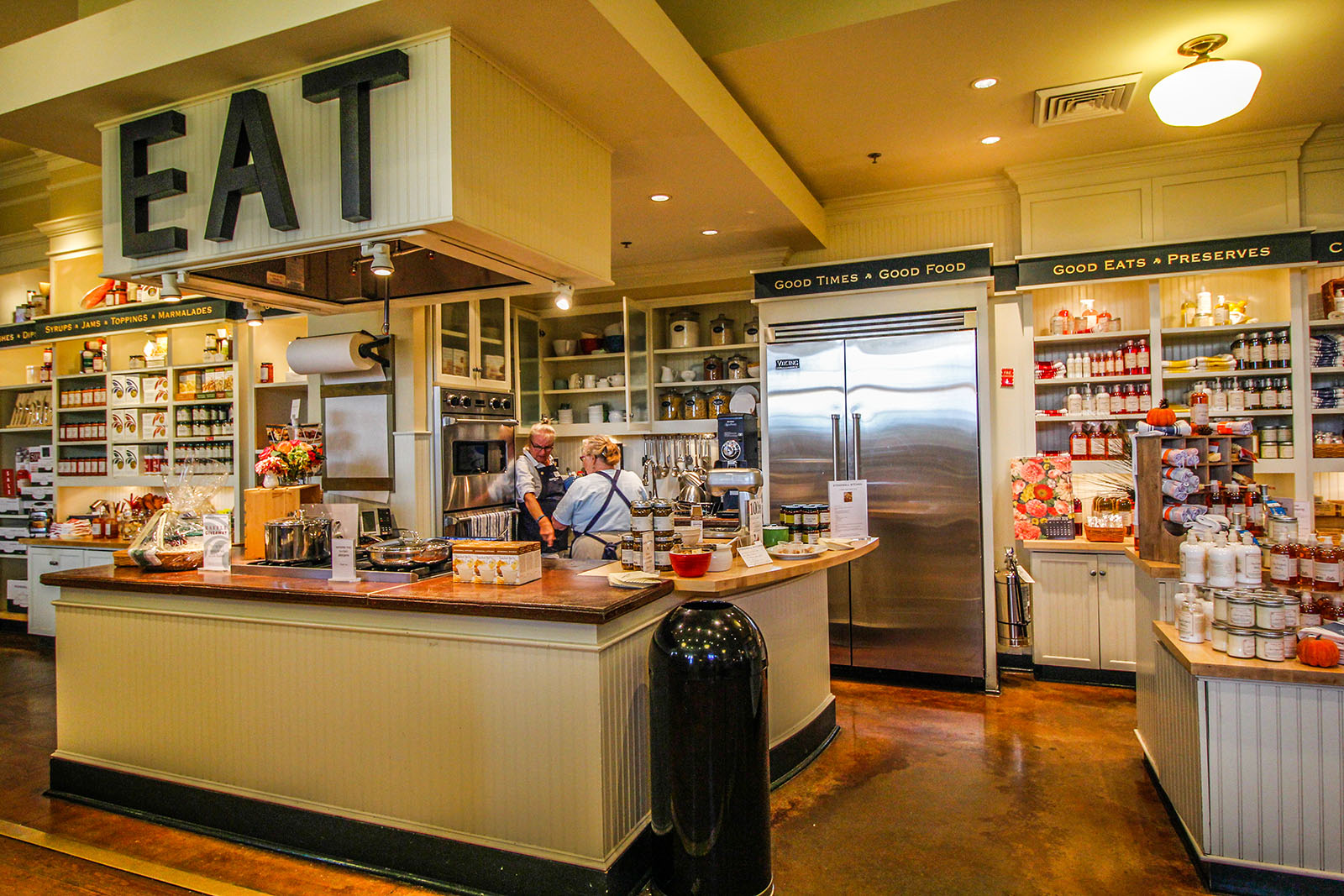The primary purpose of the Triangle Rule is to create a functional work area in the kitchen. By placing the three main components in a triangular layout, it allows for easy movement and accessibility between the sink, stove, and refrigerator. This significantly improves the efficiency and flow of the kitchen, making it easier for cooks to move around and prepare meals without any hindrances. Purpose of the Triangle Rule in Kitchen Design
When designing your kitchen with the Triangle Rule in mind, there are a few key tips to keep in mind. Firstly, the distance between the three points of the triangle should not exceed a total of 26 feet. This ensures that the kitchen is not too spread out, and the cook has easy access to all areas. Secondly, avoid placing any obstacles, such as kitchen islands or countertops, within the triangle. This will prevent any potential blockages in movement and workflow. Practical Tips for Implementing the Triangle Rule in Your Kitchen Design
The implementation of the Triangle Rule in kitchen design has a significant impact on the functionality of the space. By creating a streamlined and efficient layout, it allows for a smoother cooking experience. This can save valuable time and energy, especially in larger households where multiple meals are being prepared at once. Additionally, the Triangle Rule can help reduce clutter and confusion in the kitchen, making it easier to keep the space clean and organized. The Impact of the Triangle Rule on Kitchen Functionality
While the Triangle Rule can greatly enhance the functionality of a kitchen, there are some common mistakes that designers and homeowners make when implementing it. One mistake is placing the three points of the triangle too far apart, which can create unnecessary movement and waste time. Another mistake is not considering the location of other essential kitchen features, such as the trash and dishwasher, in the layout. These components should also be taken into account when designing with the Triangle Rule. Common Mistakes to Avoid when Designing with the Triangle Rule
Even in smaller or oddly-shaped kitchens, the Triangle Rule can still be applied. For example, in a narrow galley kitchen, the sink and stove can be placed on one side of the triangle, with the refrigerator on the opposite wall forming a diagonal line. This still allows for efficient movement between the three points while maximizing the limited space available. In kitchen corners, you can utilize this principle by placing the sink and stove on one wall and the refrigerator on the adjacent wall. Clever Ways to Incorporate the Triangle Rule into Limited Kitchen Spaces
The Triangle Rule was first introduced in the 1940s by the University of Illinois School of Architecture, who conducted studies on kitchen layouts and efficiency. Since then, it has become a staple concept in kitchen design and has evolved over the years. With advancements in technology and changes in lifestyle and cooking habits, the Triangle Rule has been adapted to meet modern needs. For example, the addition of a microwave or coffee machine may require a redesign of the triangle layout. The History and Evolution of the Triangle Rule in Kitchen Design
In today's digital age, technology has had a significant impact on kitchen design, including the Triangle Rule. With the rise of smart appliances, such as refrigerators and stoves, the distance between the three points of the triangle can be reduced. This allows for a more compact and efficient layout, as the cook can easily access and monitor these appliances without having to physically move around. How Technology is Changing the Way we Use the Triangle Rule in Kitchen Design
While the traditional triangular layout is most commonly used, there are other layout options that can be considered. For example, the L-shaped kitchen design can still incorporate the Triangle Rule by placing the sink and stove on one side and the refrigerator on the other. This creates an elongated triangle shape and can work well in smaller spaces. A U-shaped kitchen layout with an island can also effectively utilize the Triangle Rule by placing the sink and stove on one side and the refrigerator on the opposite side of the island. Exploring Different Layout Options for the Triangle Rule in Kitchen Design
The Triangle Rule continues to evolve with new advancements in kitchen design. With the rise of open-concept living and dining spaces, the Triangle Rule may soon expand beyond the kitchen and incorporate other areas of the home. As technology advances, we may also see more efficient and compact kitchen layouts, making the Triangle Rule even more integral to kitchen design. The Future of Kitchen Design: Advancements in the Triangle Rule Concept
To further understand the impact of the Triangle Rule, let's take a look at some examples of successful kitchen designs that have utilized this principle. In one home, the refrigerator was placed just outside the kitchen, forming one point of the triangle. This allowed for more open space in the kitchen while still maintaining an efficient layout. In another kitchen, the sink, stove, and refrigerator were all placed on one wall, forming a straight line triangle. This compact layout saved space and allowed for easy movement between the three points. In conclusion, the Triangle Rule is a fundamental concept in kitchen design that can greatly enhance the functionality and efficiency of the space. By carefully considering the placement of the sink, stove, and refrigerator, and utilizing practical tips and alternative layouts, you can create a well-designed kitchen that makes cooking and meal prep a breeze. So when planning your next kitchen renovation or remodel, be sure to keep the Triangle Rule in mind for optimal results. Maximizing Efficiency with the Triangle Rule: Case Studies of Successful Kitchen Designs
The Importance of Utilizing the Triangle Rule in Kitchen Design

Creating a functional and efficient kitchen layout
 Kitchen design
plays a critical role in the overall functionality and aesthetics of a house. While the overall design and style of a kitchen is important, it is equally important to consider the layout and organization of the space. This is where the triangle rule comes into play. The triangle rule suggests that the three main work areas in a kitchen - the sink, refrigerator, and stove - should form a triangle for optimal efficiency. This concept has been used by professional architects and interior designers for decades and can greatly improve the functionality of a kitchen.
Kitchen design
plays a critical role in the overall functionality and aesthetics of a house. While the overall design and style of a kitchen is important, it is equally important to consider the layout and organization of the space. This is where the triangle rule comes into play. The triangle rule suggests that the three main work areas in a kitchen - the sink, refrigerator, and stove - should form a triangle for optimal efficiency. This concept has been used by professional architects and interior designers for decades and can greatly improve the functionality of a kitchen.
Maximizing space and minimizing movement
 The
triangle rule
is based on the idea of minimizing the amount of movement required to complete tasks in the kitchen. By having the three main work areas in close proximity to each other, it reduces the amount of time and energy spent moving around the kitchen. This not only makes tasks quicker and more convenient, but it also maximizes the use of space. With less unnecessary movement, there is more room to add storage or prep areas, making the kitchen more efficient overall.
The
triangle rule
is based on the idea of minimizing the amount of movement required to complete tasks in the kitchen. By having the three main work areas in close proximity to each other, it reduces the amount of time and energy spent moving around the kitchen. This not only makes tasks quicker and more convenient, but it also maximizes the use of space. With less unnecessary movement, there is more room to add storage or prep areas, making the kitchen more efficient overall.
Creating a safer and more ergonomic kitchen
 In addition to efficiency, the
triangle rule
also promotes safety and
ergonomic
design in the kitchen. With the sink, refrigerator, and stove forming a triangle, it allows for a natural flow of movement between the three main work areas. This reduces the risk of accidents or injuries that can occur from having to constantly move around obstacles in the kitchen. By following the triangle rule, homeowners can create a safer and more comfortable kitchen environment.
In addition to efficiency, the
triangle rule
also promotes safety and
ergonomic
design in the kitchen. With the sink, refrigerator, and stove forming a triangle, it allows for a natural flow of movement between the three main work areas. This reduces the risk of accidents or injuries that can occur from having to constantly move around obstacles in the kitchen. By following the triangle rule, homeowners can create a safer and more comfortable kitchen environment.
Designing for individual needs
 Different households have different needs when it comes to kitchen design. While the triangle rule is a helpful guideline, it should not be followed strictly for every kitchen layout. The shape and size of a kitchen, as well as the needs and preferences of the homeowner, should also be taken into consideration. It is possible to adapt the triangle rule to fit the individual needs of a household, making it a versatile and customizable concept.
Different households have different needs when it comes to kitchen design. While the triangle rule is a helpful guideline, it should not be followed strictly for every kitchen layout. The shape and size of a kitchen, as well as the needs and preferences of the homeowner, should also be taken into consideration. It is possible to adapt the triangle rule to fit the individual needs of a household, making it a versatile and customizable concept.
Conclusion
 In conclusion, the triangle rule is a fundamental principle in kitchen design that can greatly improve the functionality, organization, and safety of a kitchen. By keeping the three main work areas in close proximity to each other, it minimizes unnecessary movement, maximizes space, and promotes a more ergonomic layout. While it is an important guideline to consider, it is also important to tailor it to fit the individual needs of a household. By utilizing the triangle rule, homeowners can create a well-designed and efficient kitchen that is both practical and aesthetically pleasing.
In conclusion, the triangle rule is a fundamental principle in kitchen design that can greatly improve the functionality, organization, and safety of a kitchen. By keeping the three main work areas in close proximity to each other, it minimizes unnecessary movement, maximizes space, and promotes a more ergonomic layout. While it is an important guideline to consider, it is also important to tailor it to fit the individual needs of a household. By utilizing the triangle rule, homeowners can create a well-designed and efficient kitchen that is both practical and aesthetically pleasing.














































-3ft-single-mattress.jpg)

